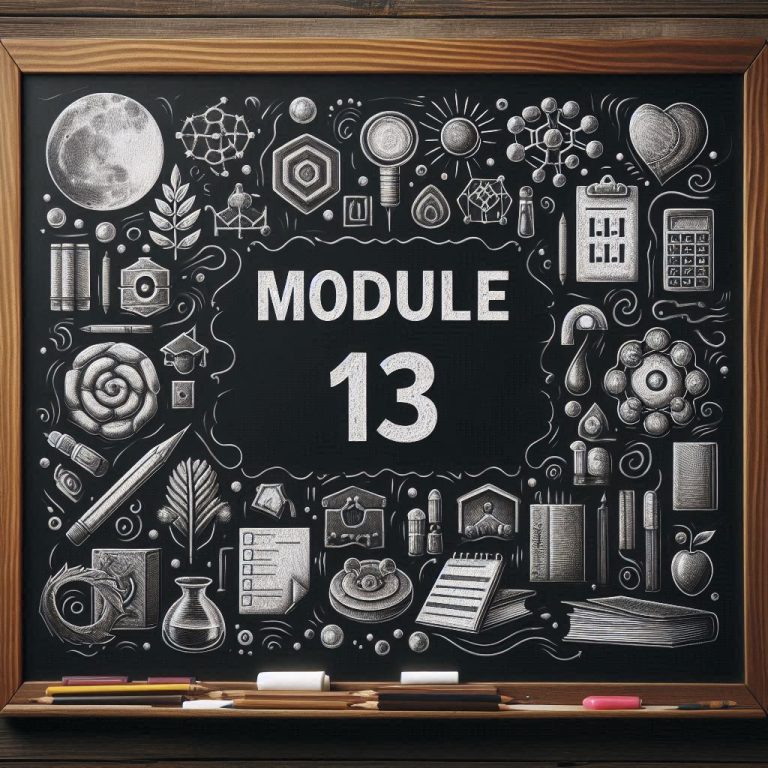
module 5
The American Flag: History and Importance
Introduction
The American flag is one of the most famous flags in the world. Americans call it “Old Glory” or “The Stars and Stripes.” This flag tells the story of the United States and represents the American people. Every American citizen learns about their flag, and it appears everywhere – from schools to government buildings to sports events.
What the Flag Looks Like
The American flag has three main parts:
The Stars: There are 50 white stars on a blue rectangle in the top-left corner. Each star represents one of the 50 states in America. This blue area is called the “canton.”
The Stripes: The flag has 13 horizontal stripes that go from left to right. Seven stripes are red, and six stripes are white. They alternate (change between) red and white. These 13 stripes represent the first 13 colonies that became the first American states.
The Colors: The three colors have special meanings:
- Red represents courage and sacrifice
- White represents purity and innocence
- Blue represents justice and perseverance (never giving up)
The History of the Flag
The Beginning (1777)
The first official American flag was created on June 14, 1777, during the American Revolution. The Continental Congress (the early American government) decided that the flag should have 13 stars and 13 stripes for the 13 original colonies.
Changes Over Time
As America grew and new states joined the country, the flag changed too. At first, people added both new stars and new stripes for each new state. But this made the flag look crowded and strange.
In 1818, Congress made an important decision: the flag would always have 13 stripes (for the original colonies), but would add one new star for each new state. The stars would be arranged in rows on the blue canton.
The Modern Flag (1960)
The current flag design has been used since 1960, when Hawaii became the 50th state. Before this, the flag changed 26 times as new states joined America!
Important Flag Traditions
Flag Day
Americans celebrate Flag Day on June 14th every year. This is the anniversary of when Congress first approved the flag design in 1777.
The Pledge of Allegiance
Many Americans, especially school children, recite the Pledge of Allegiance to the flag. This is a promise to be loyal to America. It begins: “I pledge allegiance to the flag of the United States of America…”
Flag Etiquette (Proper Behavior)
Americans have special rules about how to treat the flag with respect:
- The flag should never touch the ground
- It should be folded in a special triangular way
- It should fly higher than other flags
- It should be taken down during bad weather
- Old flags should be destroyed in a dignified ceremony
Why the Flag is Important
Symbol of Unity
The American flag brings people together. Despite their differences, Americans share this common symbol. When people see the flag, they think about what connects them as Americans.
Memorial and Honor
The flag appears at important ceremonies, especially those honoring soldiers and other heroes. At military funerals, a folded flag is given to the family as a sign of respect and gratitude.
National Pride
The flag helps Americans feel proud of their country. You can see it displayed during national holidays like Independence Day (July 4th), Memorial Day, and Veterans Day.
International Recognition
Around the world, people immediately recognize the American flag. It represents American values like democracy, freedom, and opportunity.
The Flag Today
Today, the American flag continues to be an important symbol. You can see it in many places:
- Government buildings and post offices
- Schools and universities
- Sports stadiums during the national anthem
- Space missions (American astronauts have planted flags on the moon!)
- International events representing the United States
Some Americans display small flags outside their homes, especially during patriotic holidays. The flag appears on clothing, decorations, and even food during celebrations.
Conclusion
The American flag is much more than a piece of cloth. It is a symbol that connects millions of people to their shared history and values. From its beginning during the American Revolution to today, the flag has grown and changed with the country. It represents the journey of America from 13 small colonies to 50 diverse states united as one nation.
For Americans, the flag is a reminder of their freedoms, their history, and their hopes for the future. Understanding the flag helps us understand American culture and the values that Americans consider most important.
Key Vocabulary:
- Allegiance: loyalty and support
- Canton: the blue rectangle area with stars
- Colony: an area controlled by another country
- Congress: the American government that makes laws
- Etiquette: proper and polite behavior
- Perseverance: continuing despite difficulties
- Sacrifice: giving up something important for others



